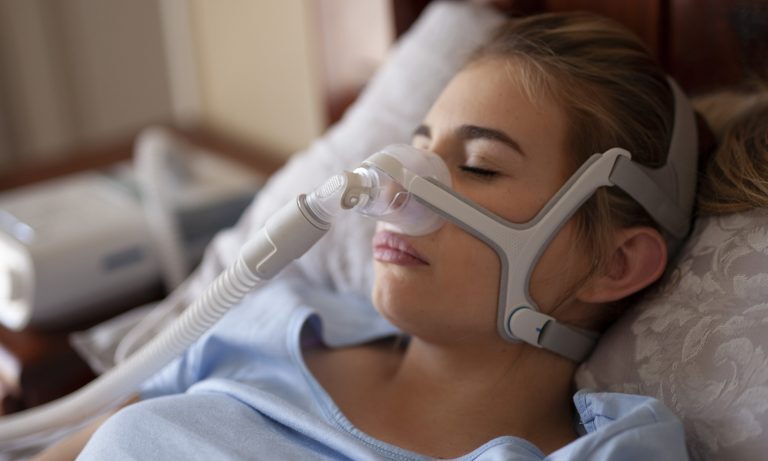
5 minutes, 29 seconds
-2.4K Views 0 Comments 0 Likes

Sleep apnea is a sneaky condition that can wreak havoc on your overall health and cause serious conditions if left ignored. How much do you know about the signs of obstructive sleep apnea (OSA)? Most people know only the hallmark signs of sleep apnea - loud snoring, often accompanied by gasping and choking during sleep.
The most common risk factors for obstructive sleep apnea are age and obesity. However, there some other things that increase your risk of developing OSA, including smoking, neck circumference, heart failure, hypertension, polycystic ovary syndrome, deviated septum, use of alcohol, and others.
Obstructive sleep apnea is a type of sleep-disordered breathing that, when left ignored, raises risks of serious health conditions, such as heart attack, stroke, and type 2 diabetes. However, the signs and negative health effects of sleep go well beyond snoring. Here are some symptoms of OSA you might not know:
Memory problems are considered a common sign of sleep apnea. In particular, verbal and visuospatial memory suffer. Verbal and visuospatial memory issues are characterized by struggling more often to come up with a word or the inability to remember the driving route to the new lunch place you recently discovered.
If left ignored, sleep apnea can result in Alzheimer’s disease. According to a 2017 study, sleep apnea contributes to plaque build-up in the brain that’s considered a marker for the disease.
If your blood pressure is higher than it should be, it might be an indication of sleep apnea. The connection between high blood pressure and sleep apnea is strong. What’s more, hypertension increases your risk for cardiovascular disease and stroke.
The good news is that sleep apnea treatment can normalize blood pressure, and thus reduce your risk of developing heart disease. The most common and effective treatment for OSA is CPAP or continuous positive airway pressure.
High blood sugar levels, or hyperglycemia, mean that the body can’t effectively convert sugar you get from foods into energy. An increase in blood glucose levels is one of the lesser-known signs of OSA.
Scientists have found a connection between high blood sugar and obstructive sleep apnea in people without diabetes. High blood glucose is also a key sign of pre-diabetes and diabetes and can lead to complications related to the cardiovascular system, kidneys, and eyes. Treating sleep apnea can help you avoid high blood glucose and associated health risks.
Metabolic syndrome is a condition that involves a set of symptoms occurring together. These include high blood pressure, high blood glucose, high cholesterol, high triglycerides, and excess fat in the abdomen. Metabolic syndrome puts you at risk of both heart disease and type 2 diabetes.
While researchers have found a strong link between sleep apnea and metabolic syndrome, they’re still trying to understand what that relationship is, including which condition might provoke the other.
Depression is another symptom of obstructive sleep apnea that surprises people. The link between sleep and mood is complicated. Inadequate sleep contributes to mood swings, and low mood can negatively affect sleep.
Some studies have found that sleep apnea is a common culprit of depression. One recent study showed more than 46 percent of OSA sufferers had depressive symptoms. Depression might be a more common OSA sign in women than in men.
Headaches, especially those that happen in the morning, are a common sign of obstructive sleep apnea. Since the condition contributes to diminished oxygen levels in the blood and to the brain, it can result in frequent headaches.
For women, sleep apnea is more common than many people realize. And women’s symptoms aren’t always the same as men’s. Women might be less likely to snore very loudly, and more likely to develop mood issues and headaches.


